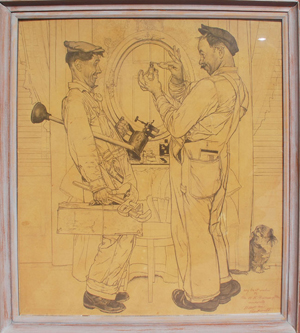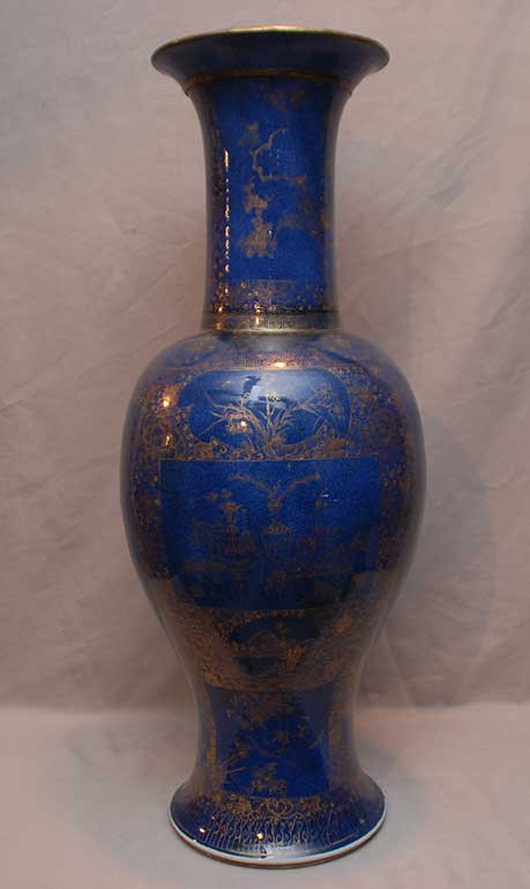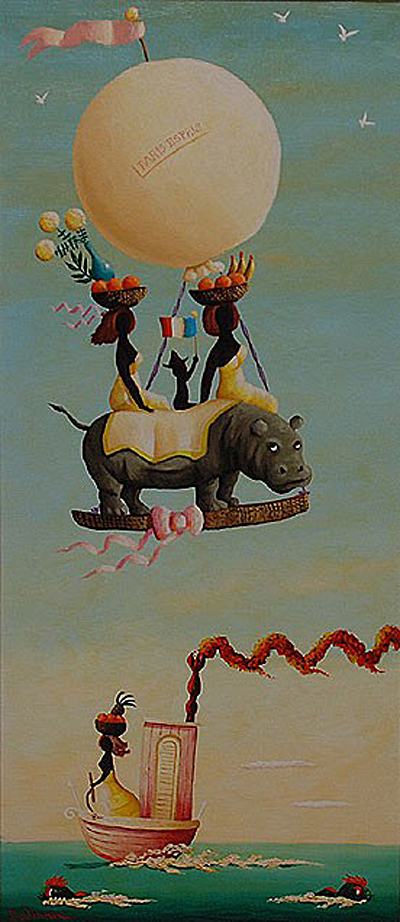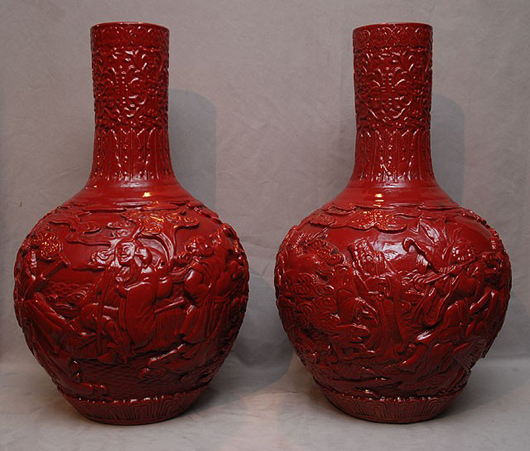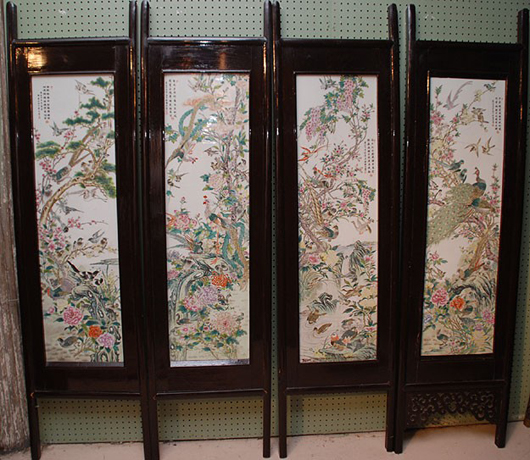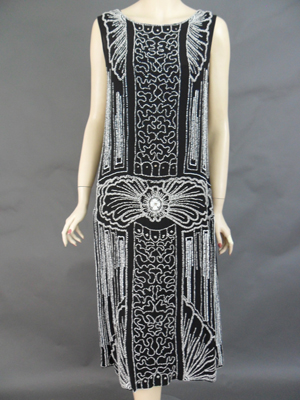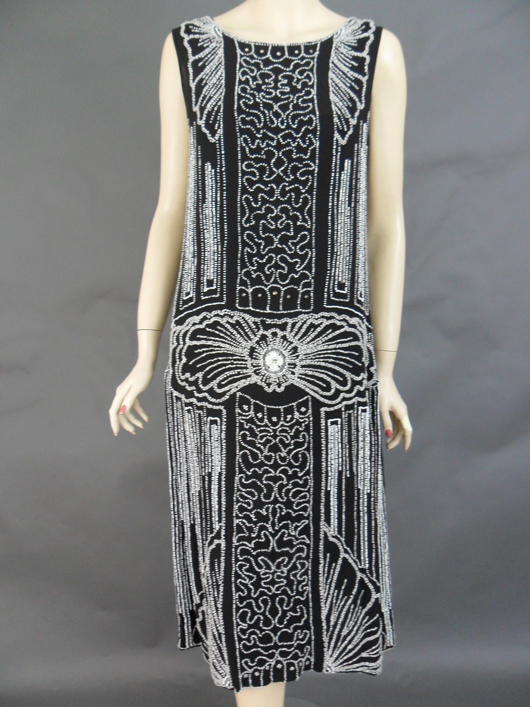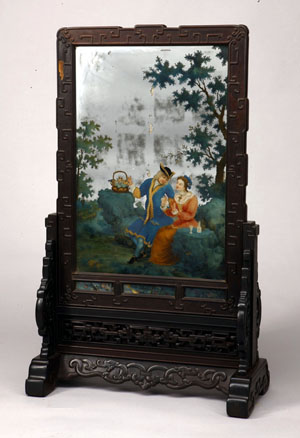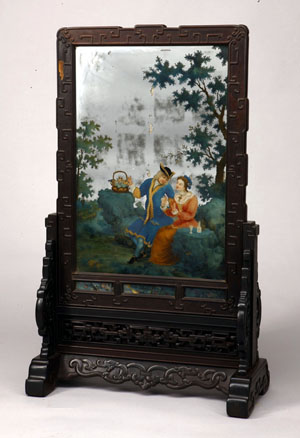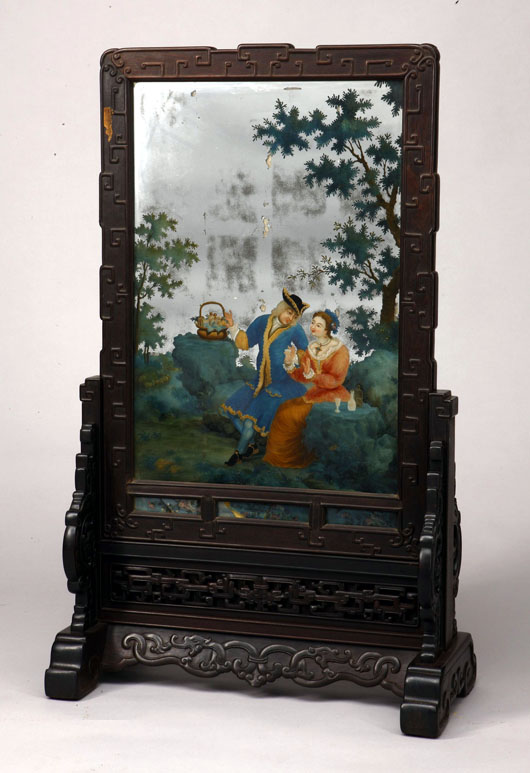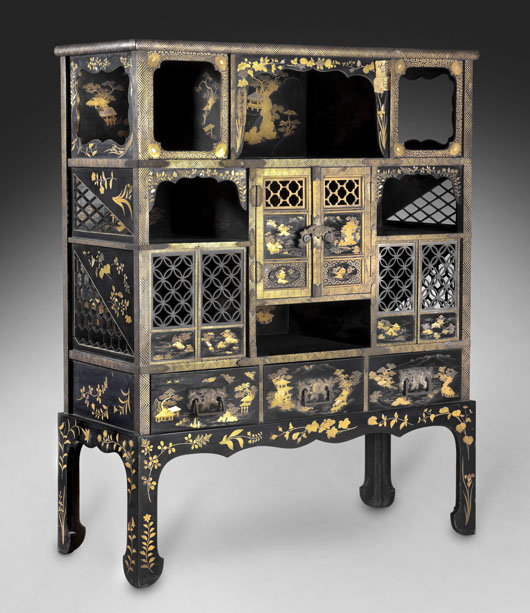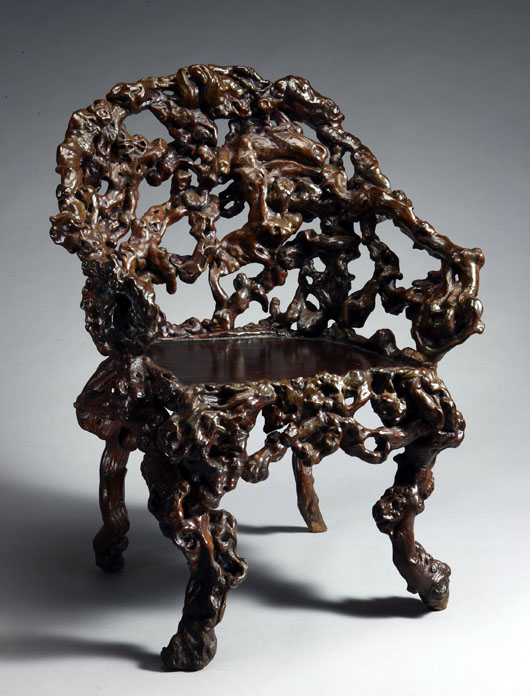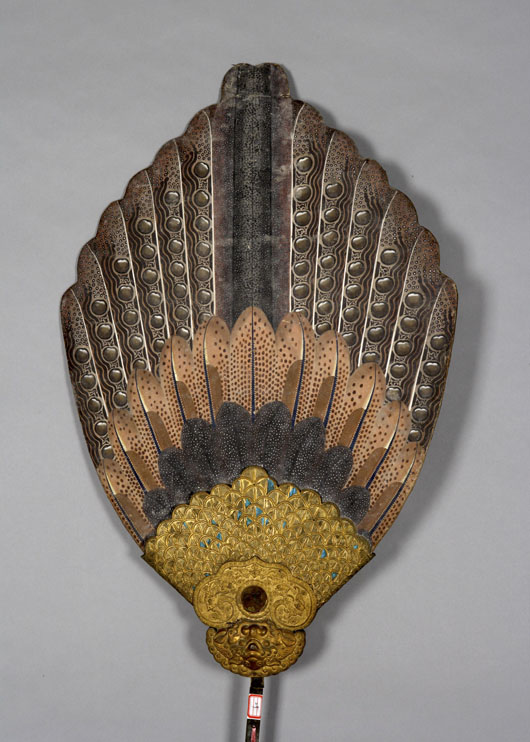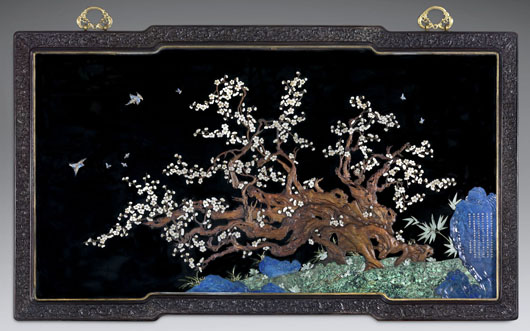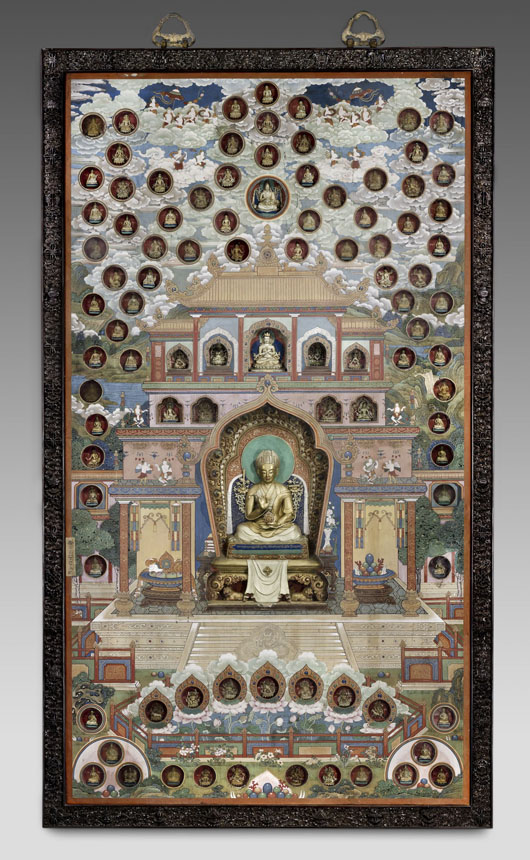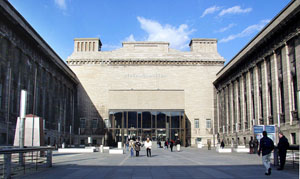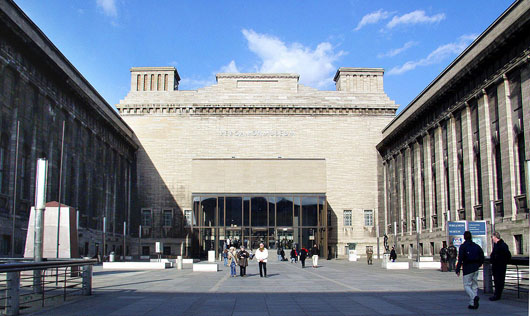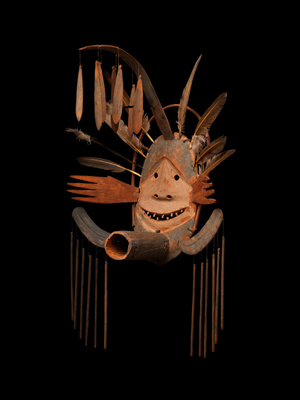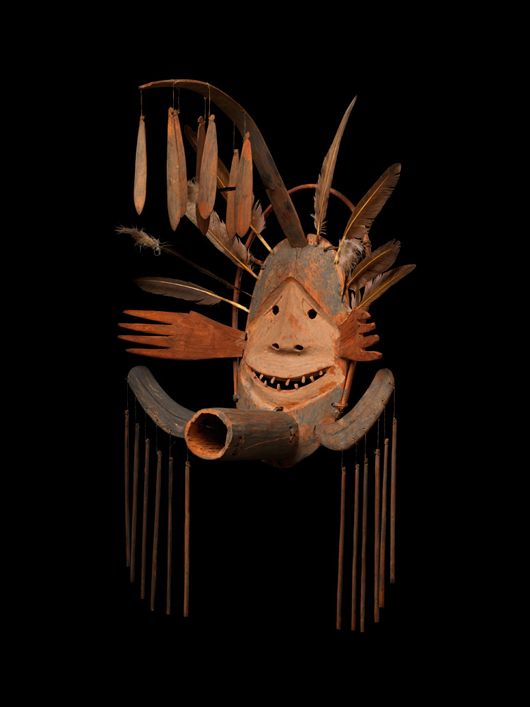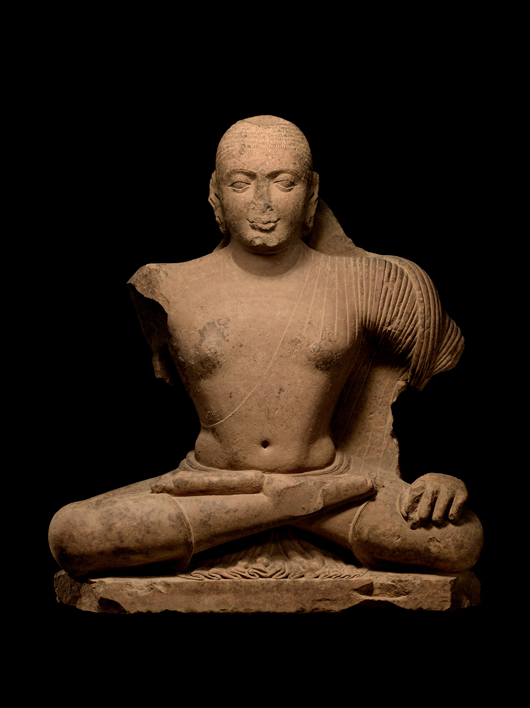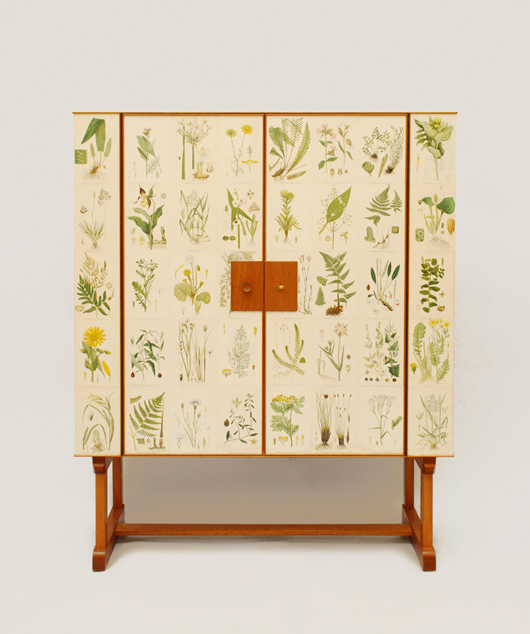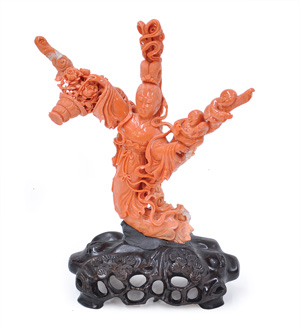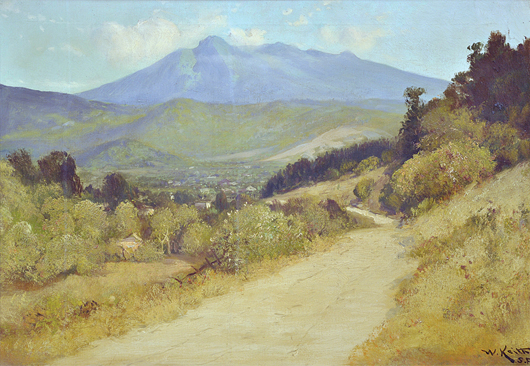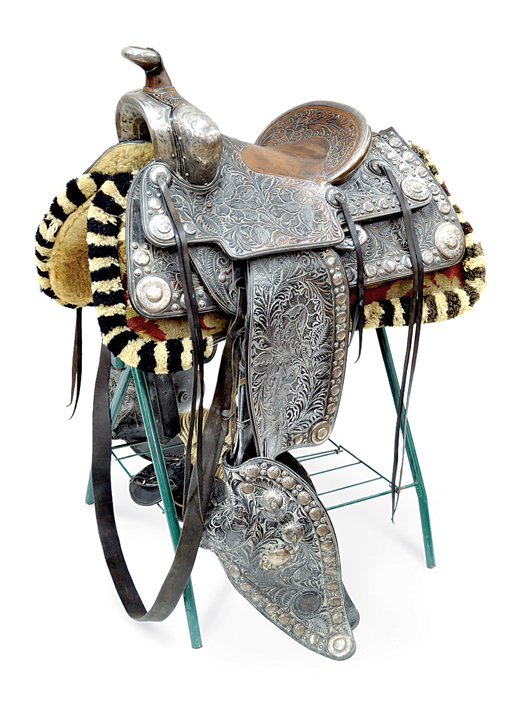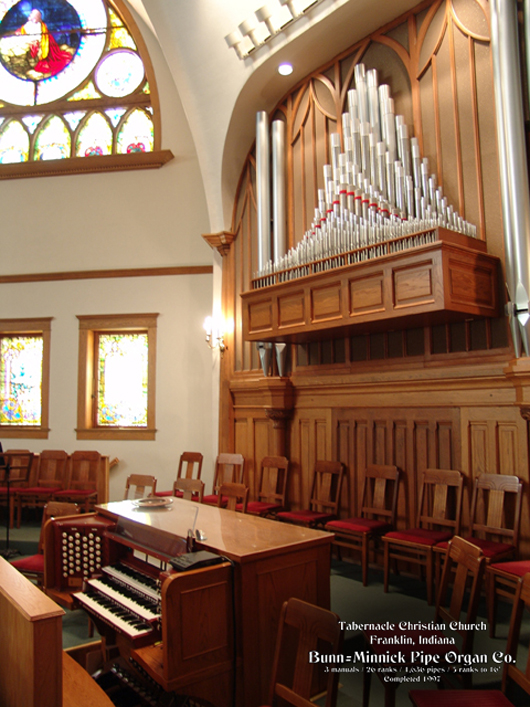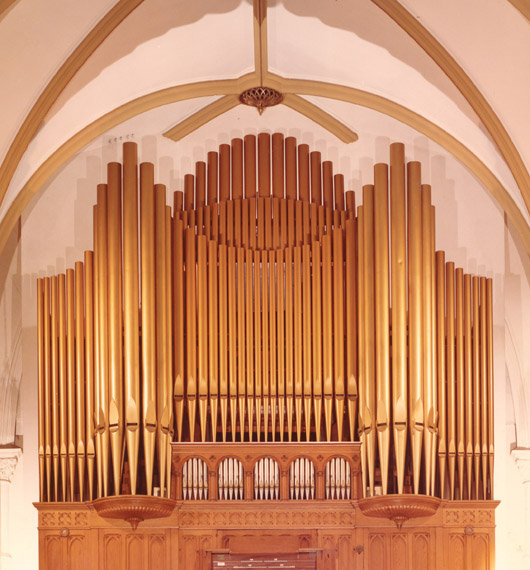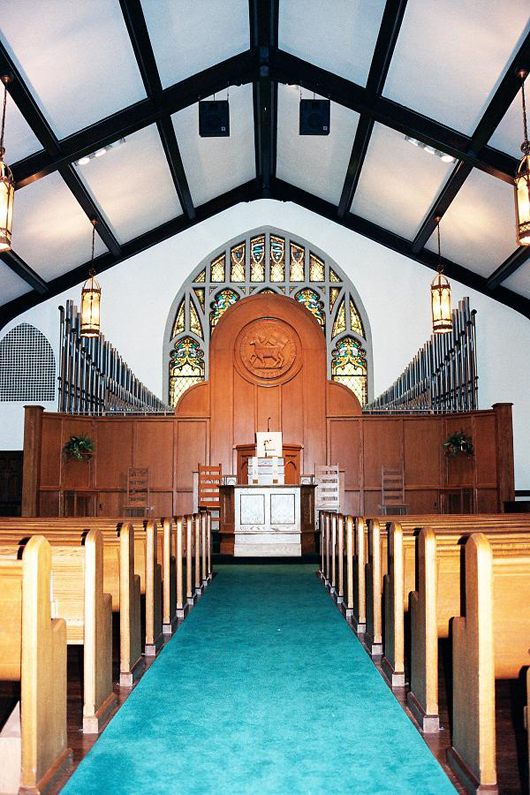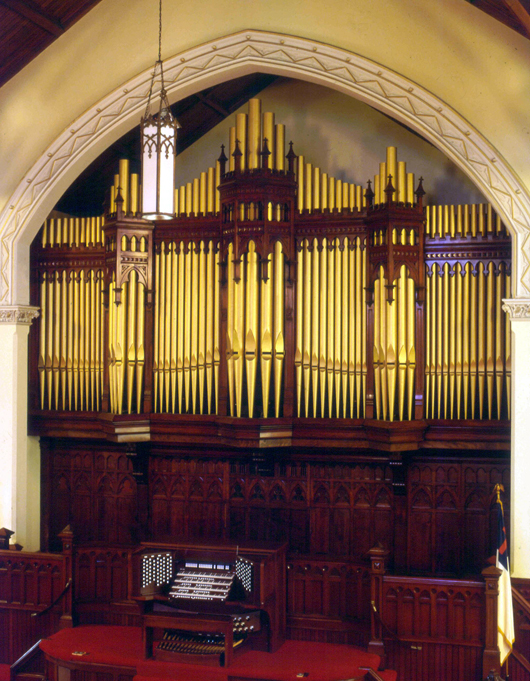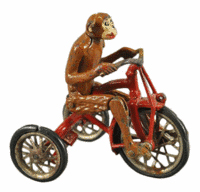
Iron toys made in the late 19th and early 20th centuries are so interesting and attractive that they are collected today to be displayed as decorative objects on a shelf. Some toys depict a character from a long-forgotten cartoon or book, or a legend that children of olden times knew but we do not. Why is a walking toy marked “Yellow Kid”? Because one of America’s first Sunday newspaper comic strips featured a character called the Yellow Kid. Why does a mechanical bank show a man trying to shoot a bear cub? It’s telling the story of President Teddy Roosevelt, who went hunting but did not kill a cornered bear and was praised by newspapers. But why do so many toys show monkeys driving cars or tricycles or riding on other animals? Was there a famous circus act featuring talented monkeys? No one is sure, but old monkey toys are popular. In September a cast-iron toy in very good condition made by Hubley Manufacturing Co., a famous Pennsylvania toymaker (1894-1965), auctioned for $1,948. It sold at one of the four Bertoia auctions has conducted of the famous Donald Kaufman collection of toys. Perhaps the fame of the collection added to the value of the toy. Who owned a toy often can affect its value.
Q: We found a commercial icebox with the brand name “Lorillard” on it in an old home that we are restoring. It has been repainted several times. We would like to restore it. I’ve heard several theories about what we ought to do. Should we strip it down to the wood and shellac it or repaint it? Or should we leave it as it is? Your guidance would be appreciated.
A: The Lorillard Refrigerator Co. was established in New York City in 1877. A 1901 advertisement for the company called its iceboxes the “highest-priced” refrigerators made and listed several millionaires, including Andrew Carnegie and George Vanderbilt, who were installing them in their homes. Vanderbilt ordered five Lorillard refrigerators for his Biltmore mansion in Asheville, N.C., in 1894. The company was in business until at least 1920. There’s not a big market for old commercial iceboxes, but you probably will increase its value by restoring the finish. Most were originally shellacked over wood.
Q: I inherited a 19th-century vase from my grandmother. It is 28 inches high and is signed “H. Despres, Sevres.” It’s painted with scenes of what looks like a rich family going for a ride in the country. What would be the insurance value of this vase?
A: The scenes you describe are typical of Sevres vases decorated by Henri Desprez from about 1875 to 1890. Vases as large as yours sell for more than $5,000, depending on condition. It should be seen by a qualified appraiser to determine its value. Contact some of the major auction houses or an appraiser in your area for an estimate. The insurance value should be the same as the price it would cost to replace the piece if it were damaged or destroyed.
Q: I have a Singer sewing machine that still works. I was told it is Model 15. The serial number is G8666585. Can you tell me what it’s worth?
A: Singer’s Model 15, the Improved Family machine, was made for more years than any other Singer model. It was introduced in 1879 as a hand-crank machine. It was later made as a treadle machine and, finally, as an electric sewing machine. Model 15 was still being made in the late 1990s. The serial number on your machine indicates the year and location where it was made. The initial letter “G” refers to Elizabeth, N.J., and the numbers indicate that it was made in 1921. Isaac Merritt Singer (1811-1875), inventor of a sewing machine for home use, founded I.M. Singer & Co. in 1851. The company, now called Singer Sewing Co., still is in business. Isaac Singer held patents for several inventions and led a colorful life that included multiple marriages and mistresses, 24 children and lavish homes in the United States, England and France. At the time of his death, he was married to Isabella Eugenia Boyer, a Frenchwoman whom some believe to have been the model for Bartholdi’s Statue of Liberty.
Q: I have a cornet that my family says is 100 years old. I would like to know more about. It is marked “J.W. Pepper, Standard, Philadelphia, 52014.” The horn has all its parts, including the piece that held the music. Is it worth anything?
A: James Welsh Pepper (1853-1919) established J.W. Pepper, a music publishing company, in Philadelphia in 1876. The company started manufacturing brass instruments in 1883. “Standard” is one of 98 models made by J.W. Pepper in the 1890s. The company also imported musical instruments. It stopped manufacturing instruments in 1909. The serial number on your cornet indicates it was made in about 1909. In 1910 the company became J.W. Pepper and Son. By then, it was selling imported instruments and sheet music. The company is still in business and is the largest sheet music retailer in the United States. The value of a musical instrument is determined by its tone quality as well as the rarity of the instrument. It should be seen by an expert in the music field to determine its value.
Tip: Turn over reversible rugs once a year. Turn the rug end to end every three years. This will even out wear and fading.
Terry Kovel answers as many questions as possible through the column. By sending a letter with a question, you give full permission for use in the column or any other Kovel forum. Names, addresses or e-mail addresses will not be published. We cannot guarantee the return of any photograph, but if a stamped envelope is included, we will try. The volume of mail makes personal answers or appraisals impossible. Write to Kovels, Auction Central News, King Features Syndicate, 300 W. 57th St., New York, NY 10019.
Need more information about collectibles? Find it at Kovels.com, our website for collectors. Check prices there, too. More than 700,000 are listed, and viewing them is free. You also can sign up to read our weekly Kovels Komments. It includes the latest news, tips and questions and is delivered by e-mail, free, if you register. Kovels.com offers extra collector’s information and lists of publications, clubs, appraisers, auction houses, people who sell parts or repair antiques and much more. You can subscribe to Kovels on Antiques and Collectibles, our monthly newsletter filled with prices, facts and color photos. Kovels.com adds to the information in our newspaper column and helps you find useful sources needed by collectors.
CURRENT PRICES
Current prices are recorded from antiques shows, flea markets, sales and auctions throughout the United States. Prices vary in different locations because of local economic conditions.
- Lefton Nurse figurine, blue dress, white apron, carrying tray with hypodermic needle, red sticker, 4 3/4 inches, $28.
- The Merry Fibber McGee & Molly game, “Fibber McGee and the Wistful Vista Mystery,” cards, counter, rule booklet, Milton Bradley, circa 1940, $30.
- Atlas Man advertising doll, rubber, yellow globe as head, painted blue eyes and mouth, blue felt suit, 1940, 5 1/2 inches, $60.
- McCoy duck cookie jar, yellow, duck holding leaf in his beak, marked, 1960s, 11 3/4 inches, $75.
- Ceresota flour advertising match holder, “Prize Bread Flour of the World,” die-cut tin, boy opening flour barrel, Art Sign Co., Brooklyn, N.Y., early 1900s, 3 x 5 inches, $335.
- Pennsylvania Dutch embroidered panel, cotton, large central flower vase, fruit, pairs of female figures, birds, white ground, 1930s, 40 x 34 inches, $345.
- Shaker pine firkin, small barrel, stave construction, iron bands, old green paint, lid with wooden knob, wooden bail, early 19th century, 11 inches, $445.
- Handel desk lamp, harp base with four-leaf clover foot, ribbed stem, six-panel shade with Arts & Crafts flowers, stems and leaves, green on red background, signed, 19 inches, $515.
- Federal server, mahogany, central drawer with drop front, multi-drawer interior, cast lion’s-head ring pulls, circa 1810, 45 x 41 inches, $1,420.
- Daum Nancy vase, four-sided, mottled yellow and orange ground, mushrooms, brown, orange and green, signed, 5 1/4 inches, $6,900.
Spot great costume jewelry faster than anyone and get the buys of a lifetime. Kovels’ Buyers’ Guide to Costume Jewelry, Part One explains how to recognize mid-century costume jewelry, Mexican silver jewelry, modernist jewelry and other European and American pieces. Learn all the names you need to know, from Hobe and Sigi to Ed Wiener and Art Smith, from Coro and Trifari to Los Castillo and Spratling. And we explain how to recognize a good piece of genuine Bakelite. Our exclusive report, 8 1/2 x 5 1/2 inches, is filled with color photos, bios, background and more than 100 marks. It’s accurate and comprehensive and includes all of the information in our 2008 report on 20th-century costume jewelry. But it’s in a new, smaller and more convenient format. Available only from Kovels. Order by phone at 800-303-1996; online at Kovels.com; or send $25 plus $4.95 postage and handling to Kovels, Box 22900, Beachwood, OH 44122.
© 2011 by Cowles Syndicate Inc.



